How to Build Patient Confidence in Generic Medications: Proven Strategies Based on Research
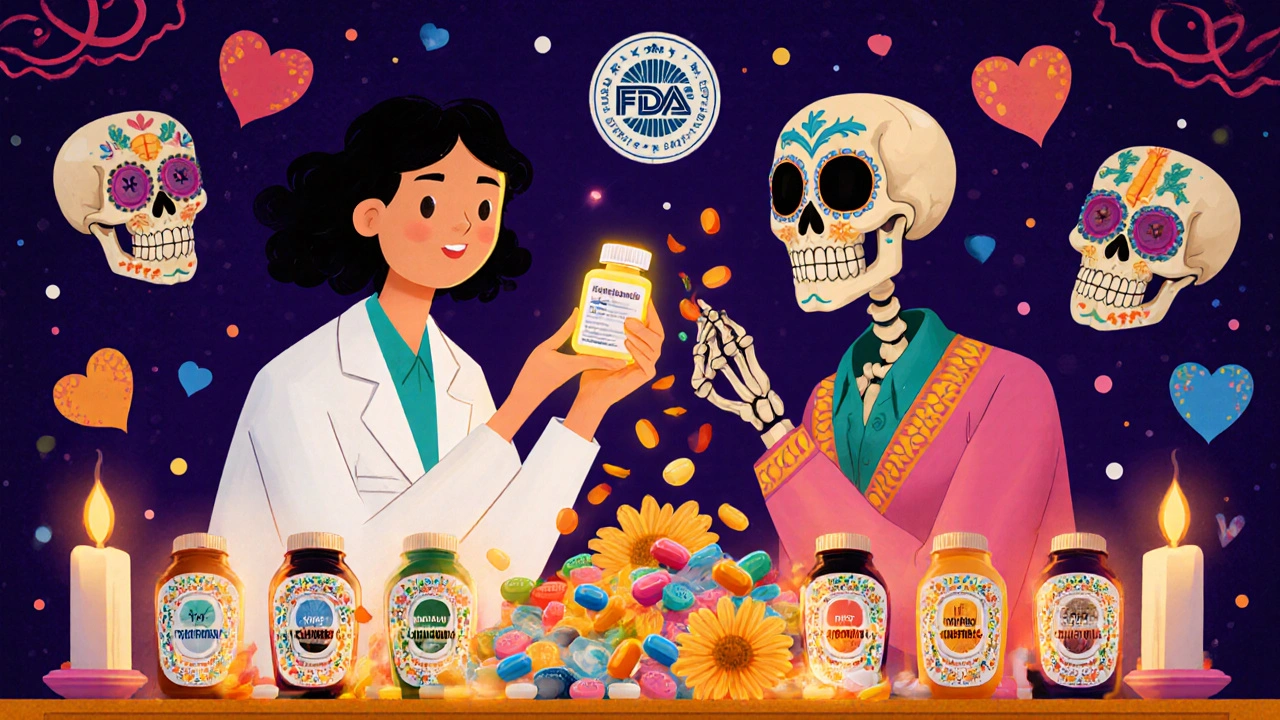
More than 90% of prescriptions in the U.S. are filled with generic drugs. They’re just as safe, just as effective, and cost up to 85% less than brand-name versions. So why do so many patients still hesitate to take them?
The answer isn’t about science-it’s about trust. A 2024 study in PLOS ONE found that nearly 40% of American patients still believe brand-name drugs work better, even though the FDA requires generics to match brand drugs in strength, purity, and how the body absorbs them. The gap isn’t in the pills-it’s in the conversation.
Why Patients Doubt Generics (And Where It Comes From)
Patients don’t mistrust generics because they’re misinformed. They mistrust them because they’re rarely told the full story.
One patient told a pharmacist on Reddit: “My generic Sertraline made me feel dizzy and nauseous-my brand never did.” That experience stuck. And it’s not rare. Around 25% of patients who avoid generics say they’ve had a bad reaction before. But here’s the catch: the FDA’s own data shows side effect rates between brand and generic versions are statistically identical. The difference? Expectation bias. When you’re told you’re switching to a cheaper version, your brain expects something to be off. That can trigger real physical symptoms-even if the drug is identical.
Demographics matter too. Patients with lower income, less education, or Medicaid coverage are nearly twice as likely to believe generics are less effective. Non-white patients report lower confidence than white patients-89% vs. 78%. Why? Often, it’s not about the drug. It’s about who’s delivering the message. If a provider rushes through the switch, or worse, doesn’t mention it at all, patients feel ignored. One survey found 62% of patients who weren’t told about a generic substitution felt their doctor didn’t care about their preferences.
And it’s not just doctors. Pharmacists are often the last line of defense-but many are overworked. CVS patients praise detailed counseling. Walmart patients complain about rushed substitutions. The difference? Two minutes of conversation.
The Science Behind Generic Equivalence
Let’s cut through the noise. A generic drug must meet the same standards as the brand. The FDA doesn’t just approve it because it looks the same. It requires bioequivalence-meaning the body absorbs the drug at the same rate and to the same extent. The acceptable range? Between 80% and 125% of the brand’s absorption. That’s not a guess. It’s a strict, tested, legal requirement.
Generics aren’t “copies.” They’re exact copies of the active ingredient, with the same dosage form, route, and strength. The only differences? Inactive ingredients-fillers, dyes, coatings. These don’t affect how the drug works. They just change the pill’s color or how fast it dissolves. And yes, some patients notice that. A pill that’s blue instead of yellow? That’s enough to make someone think, “This isn’t the same.”
Complex delivery systems-like inhalers, patches, or injectables-can be trickier. A generic inhaler might feel different when you use it. That’s not because it’s weaker. It’s because the propellant or nozzle design changed slightly. But the amount of medicine delivered? Still the same. That’s why the FDA has special rules for these products. And why talking through the switch matters even more.
What Works: Research-Backed Communication Strategies
Here’s the good news: confidence in generics isn’t fixed. It can be built. And the research is clear on how.
When a pharmacist spends just 2-3 minutes explaining the switch, patient comfort jumps from 63% to 85%. That’s not magic. It’s clarity. Patients don’t need a lecture on pharmacokinetics. They need simple, honest answers to real questions:
- “Is this the same as my old pill?”
- “Why am I switching?”
- “Will it work the same?”
- “What if I feel different?”
The best approach? Use the teach-back method. After explaining, ask: “Can you tell me in your own words why we’re switching?” If they can, they understand. If they can’t, you haven’t finished yet.
Don’t assume they know what “bioequivalence” means. Say: “This generic has the same active ingredient, in the same amount, and your body uses it the same way. The FDA checks every batch to make sure.”
For older patients-especially those over 60-highlight safety. Studies show 71% of seniors trust generics when they’re told the FDA holds them to the same standards as brand drugs. For younger patients, focus on cost. “This saves you $70 a month. Same medicine. Same results.”
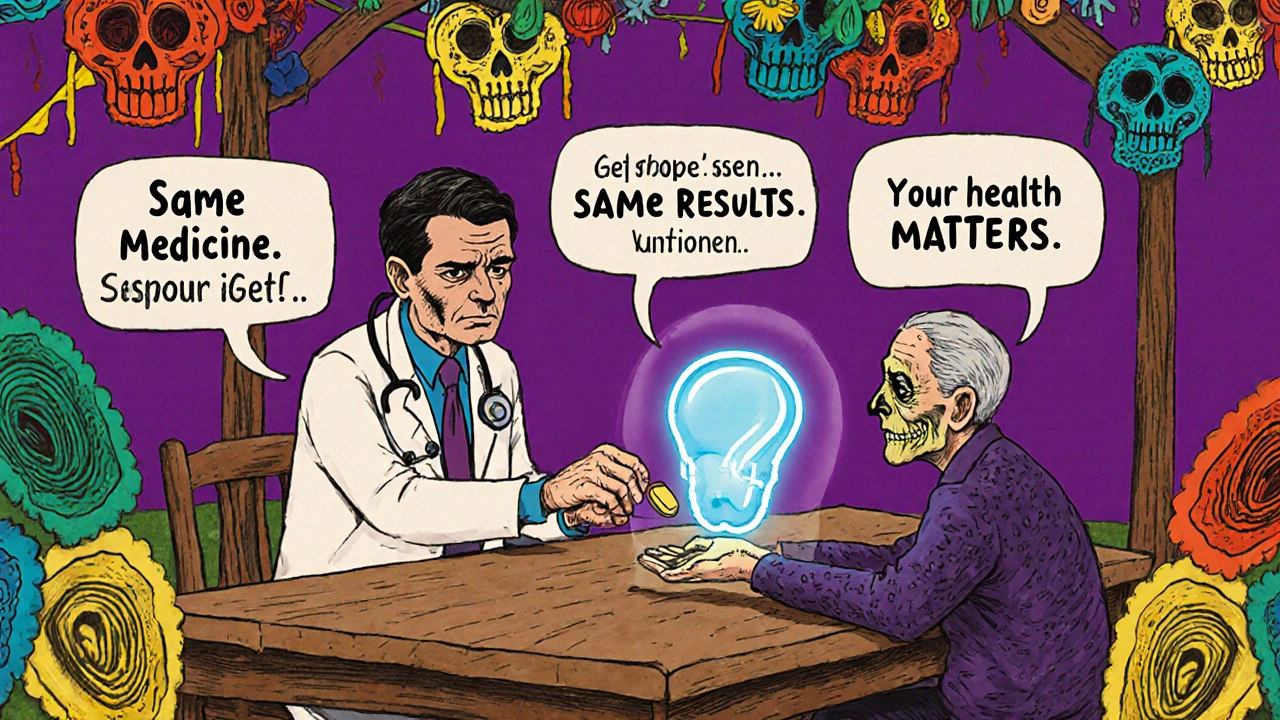
Role of the Provider: Trust Is the Real Active Ingredient
Patients don’t trust generics because of brochures or websites. They trust them because their doctor does.
A 2023 study in Frontiers in Drug Safety and Regulation found that 70% of patients accepted generics when their doctor recommended them. When the doctor didn’t mention it? Only 38% accepted. That’s the power of authority.
But it’s not just about saying, “This is fine.” It’s about ownership. If a patient has been on a brand-name drug for years, switching without discussion feels like a cost-cutting move-not a care move. The best providers say: “I know you’ve been on this brand for a while. I’ve reviewed the data, and the generic is just as effective. Many of my patients switch without issue. Would you be open to trying it?”
That small shift-from directive to collaborative-changes everything. It says: “Your experience matters.”
What to Avoid: Common Mistakes That Backfire
Some well-intentioned actions actually hurt confidence.
Mistake 1: “We’re switching because it’s cheaper.”
That sounds like the system is prioritizing money over health. Instead, say: “This generic is just as effective, and it will save you money-so you can afford to keep taking it.”
Mistake 2: Silent substitution.
Changing a patient’s prescription without telling them is the fastest way to lose trust. Even if it’s legal, it feels like a betrayal. Always inform. Always ask.
Mistake 3: Overpromising.
Don’t say, “You won’t notice a difference.” Some people do. Instead, say: “Most people don’t notice a change. But if you feel anything different-dizziness, nausea, sleep issues-call us. We’ll help you figure it out.”
Mistake 4: Ignoring health literacy.
Half of patients with low health literacy believe generics are less safe. Use plain language. Show pictures. Avoid jargon. Use the Newest Vital Sign test if you can-it’s a quick way to check if they understand medication labels.
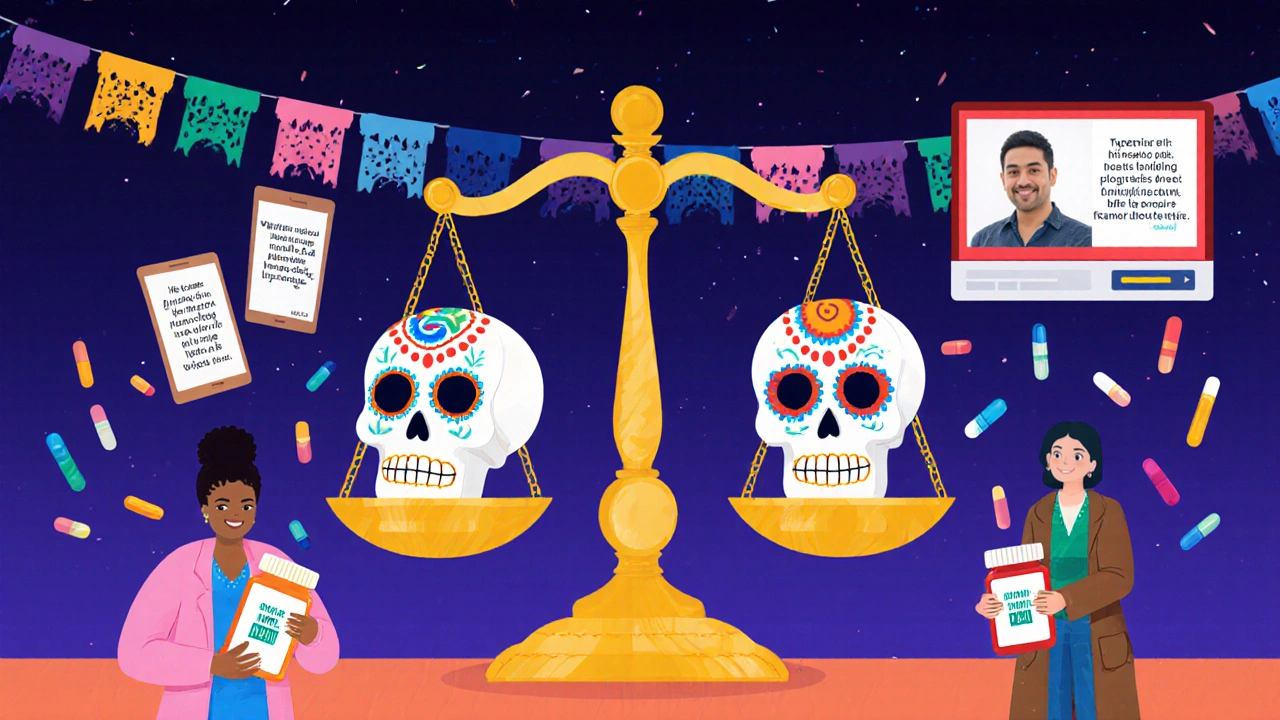
Tools That Help: What Works in Real Clinics
Some clinics are already getting this right.
One hospital in Ohio gives patients a one-page handout after every generic switch. It includes:
- Brand name and generic name side by side
- “Why we switched” in plain language
- “What to expect” (e.g., “Same effect, different color pill”)
- “What to do if…” (e.g., “Call us if you feel worse after 3 days”)
Another uses a digital kiosk in the pharmacy waiting area. It plays 90-second videos of real patients talking about their switch: “I was scared too. But I’ve been on this generic for a year. No problems.”
The FDA’s website has a free, printable Q&A sheet answering 50 common concerns-from “Are generics made in the same factories?” to “Can I switch back?” Use it. Print it. Leave it on the counter.
The Bigger Picture: Why This Matters
Generic drugs save the U.S. healthcare system $370 billion a year. That’s money that goes to more screenings, more mental health visits, more insulin for people who can’t afford it.
But if patients stop taking their meds because they don’t trust the pill in their hand, those savings mean nothing. A 2023 Congressional Budget Office report warns: if patient confidence keeps dropping, generic use could stall. And that would cost lives.
This isn’t about pills. It’s about dignity. It’s about giving people access to care without making them feel like they’re settling. The science is settled. The question now is: are we ready to talk about it like it matters?


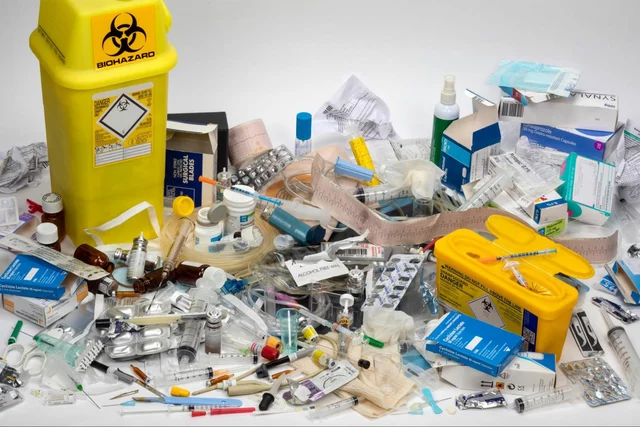
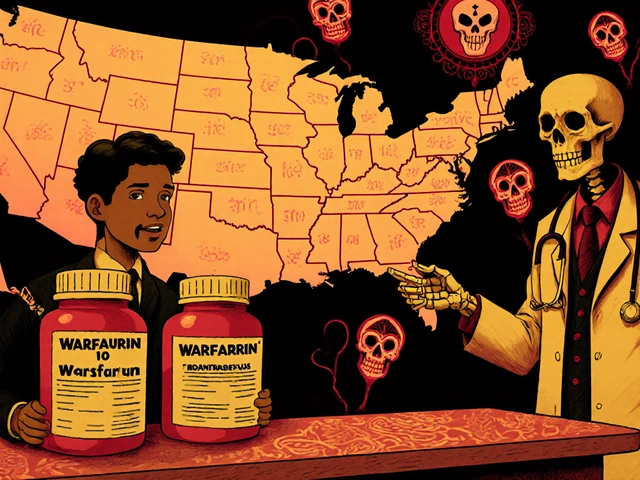
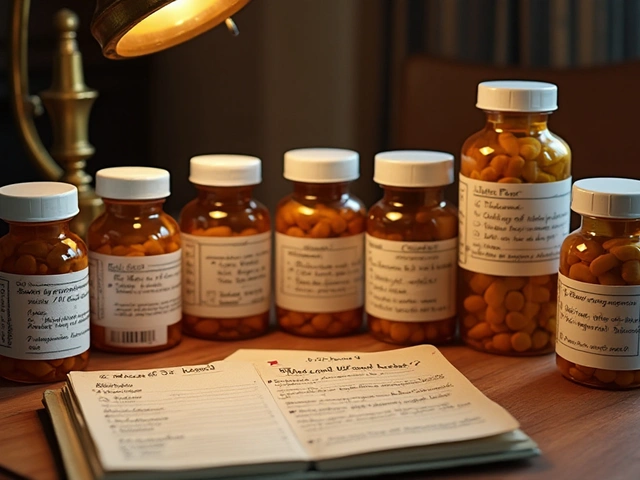
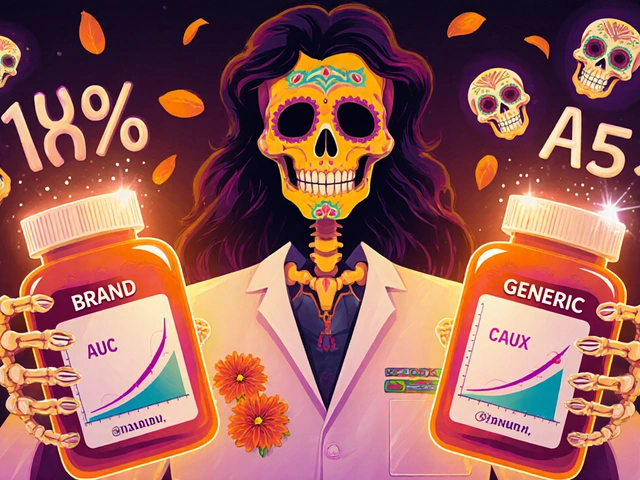
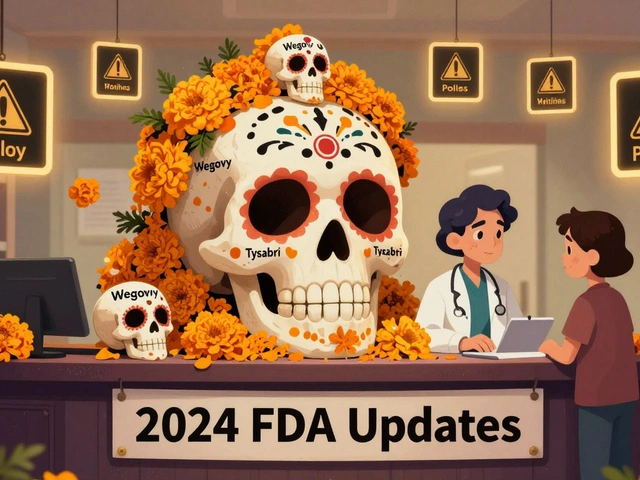
Been on generics for years-no issues. But I get why people freak out. My grandma switched to generic lisinopril and swore it made her dizzy. Turned out she was just stressed about the new pill color. We sat down, showed her the FDA page, and now she calls it her ‘blue lifesaver.’
It’s not the drug. It’s the story we tell. If you treat it like a transaction, they’ll feel like a number. If you treat it like a conversation, they’ll trust you.
Wait-so you’re telling me the blue pill is the SAME as the purple one?!!! But it looks different!!! And the capsule is smaller!!! And I read online that generics are made in China!!! And my cousin’s friend’s neighbor had a stroke on a generic!! And I don’t trust it!! And I’m not taking it!! And I’m not even going to the pharmacy!!
I’m a Black woman who’s been on meds for 12 years. I’ve had doctors assume I wouldn’t understand the science, so they’d just hand me a new bottle and say, ‘It’s cheaper.’ No explanation. No eye contact. No ‘how are you feeling?’
Then one pharmacist-actually sat down. Said, ‘This is the same medicine. The FDA checks it just like your brand. And if you feel off, we’ll switch you back.’ That’s all it took. I cried. Not because I was sick. Because someone finally saw me.
It’s not about the pill. It’s about being treated like a human. And if you’re a provider who’s rushed? Slow down. Your time is precious. But so is theirs.
And no, generics aren’t ‘foreign.’ The FDA inspects every factory-whether it’s in Ohio or Mumbai. Same rules. Same standards. Same science.
But trust? That’s earned. One conversation at a time.
The data is clear: communication drives adherence. The teach-back method is evidence-based, simple, and scalable. Providers should be trained to use plain language and confirm understanding, not assume it. Handouts and digital tools are useful, but only when paired with human interaction. The cost savings are substantial, but patient outcomes depend on relational trust, not just pharmacokinetic equivalence.
Why are we even talking about this? Just give people the cheap pill and move on. If they can’t handle it, they shouldn’t be on meds.